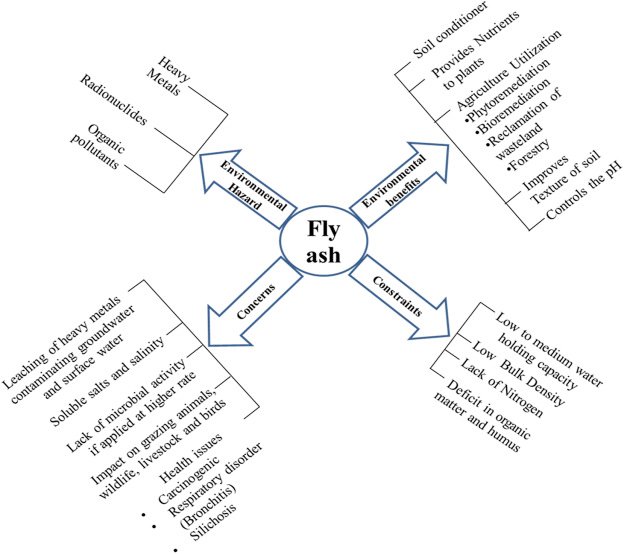
Prepare IAS Coaching
Current Affairs

Title : Fly Ash: Issues and solution
Date : Nov 22, 2021
Description :
GS III
Topic à Conservation related issues
- Context:
- Fly ash from the North Chennai Thermal Power Station has been found in the Kosasthalaiyar, according to activists and fishermen (NCTPS). A leak in the pipeline bringing ash to the ash pond caused this.
- What exactly is Fly Ash:
- It is a coal combustion product known as flue ash or pulverised fuel ash.
- Composition:
- Composed of the particles and flue gases that are expelled from coal-fired boilers.
- The components of fly ash vary depending on the source and content of the coal being burned, but all fly ash contains significant levels of silicon dioxide (SiO2), aluminium oxide (Al2O3), and calcium oxide (CaO), the major mineral constituents in coal-bearing rock strata.
- Arsenic, beryllium, boron, cadmium, chromium, hexavalent chromium, cobalt, lead, manganese, mercury, molybdenum, selenium, strontium, thallium, and vanadium, as well as dioxins and PAH compounds, are minor ingredients. It also contains carbon that hasn't been burned.
- Hazards to human health and the environment:
- Harmful heavy metals are present: Nickel, cadmium, arsenic, chromium, lead, and other heavy metals found in fly ash are all toxic in nature. They are tiny, toxic particles that build up in the respiratory tract and cause poisoning over time.
- Fly ash carries a hundred times more radiation than nuclear waste stored in a dry cask or in water for the same quantity of electricity generated.
- Water pollution: In India, ash dykes are routinely breached, resulting in ash leaks that pollute a huge number of water bodies.
- The destruction of mangroves, significant reductions in crop yields, and pollution of groundwater in the Rann of Kutch due to ash sludge from nearby coal power stations have all been extensively documented.
- Fly ash, on the other hand, can be used in the following ways:
- Sand is used in concrete manufacturing as a substitute for Portland cement.
- Fly-ash pellets can be used in place of regular aggregate in concrete mixes.
- Fills in the form of embankments and other structural elements.
- Production of cement clinker – (as a substitute material for clay).
- Soft soil stabilisation.
- Construction of the road's subbase.
- As a substitute for aggregate (e.g. for brick production).
- Soil amendment, fertiliser, cow feeders, soil stabilisation in stock feed yards, and agricultural stakes are all examples of agricultural usage.
- For ice control, use a loose application on roadways and parking lots.
- Prelims Hot-Link:
- What exactly is fly ash?
- Sources.
- Pollutants.
- Applications that could be used
- Source à https://www.thehindu.com/news/national/tamil-nadu/fly-ash-leak-ruining-kosasthalaiyar-say-fishermen/article37551255.ece
